(QBĐT) - Up to now, research works have given different opinions and interpretations surrounding the sacrifice of Quan Tan Ly Nguyen Pham Tuan (born 1842), one of the leading leaders of the Can Vuong movement in Quang Binh.
On July 5, 1885, after the fall of the capital, the Grand Chancellor Ton That Thuyet took King Ham Nghi and his entourage from Hue to Tan So base (Quang Tri) and a week later issued the Can Vuong edict calling on the entire country to rise up and fight the French. Responding to the Can Vuong edict, the mandarins and dignitaries of Quang Binh province rose up together. The book Dai Nam Thuc Luc describes the Can Vuong movement in Quang Binh: “The gentry of the districts of Quang Trach, Tuyen Hoa, Bo Trach in Quang Binh province rebelled and set up “Can Vuong cu nghia” (the initiator was former District Governor Nguyen Pham Tuan). Many times, those districts either fled or were captured. The King authorized the Privy Council to discuss with the French Deputy Governor, to make urgent plans; on the one hand, he ordered that province to discuss with the French stationed in that province to join forces to suppress them, not allowing them to spread” (1) .
The Can Vuong movement broke out in all regions, the French army organized many sweeps but did not bring results. Just after ascending the throne, King Dong Khanh issued an edict to go on a Northern tour to increase the morale of the soldiers. Departing from the capital Hue on June 16, on July 20, 1886, King Dong Khanh arrived at Quang Binh province and approved the announcement: “All the leaders of the rebels (meaning the Can Vuong uprising army - NV) who surrendered themselves at the place of execution will be pardoned: Those who previously had official positions will continue to follow as before (later, other localities also followed suit); those who captured and beheaded the ringleaders of the rebels, Hoang Van Phuc and Nguyen Pham Tuan, will be rewarded with ranks (those who captured them alive will be appointed to the third-rank position and rewarded with 200 taels of silver; those who beheaded them will be appointed to the fourth-rank position and rewarded with 100 taels of silver ) (2) .
At this time, along the Gianh River, there were two main forces: the downstream army of Admiral Le Truc stationed in Thanh Thuy village, his hometown, now Tien Hoa commune (Tuyen Hoa). The upstream army was led by the mandarin Tan Ly Nguyen Pham Tuan, who was appointed by King Ham Nghi as Minister of the Interior. The mission of these two groups was to protect King Ham Nghi, who was hiding in the upper Gianh River, and to fight to prevent the French army's sweeps.
The French army launched many searches for these two armies but to no avail. On October 25, 1886, Captain Mouteaux was assigned to Quang Khe garrison with the task of consolidating the organization, increasing the force, building more forts and commanding the operations to sweep and destroy the Can Vuong insurgents.
 |
In the article “Quelques papiers du capitaine Mouteaux” (Some documents of Captain Mouteaux) by priest Cardière published in the book “The Ancient Capital of Hue” (BAVH) Friends of the Ancient Capital of Hue in 1944, this march was described in quite detail. On April 8, 1887, Captain Mouteaux learned that Nguyen Pham Tuan was appearing in Co Liem village, so he organized two wings to search and capture him. Both wings advanced towards the target of Boc Tho. Wing 1 was commanded by Sergeant Braud. Wing 2 was led by Captain Mouteaux, with the guidance of a laborer named Lam Lang and Le Truc, an assistant.
Marching all night, at about 6:30 a.m. on April 9, 1887, Captain Mouteaux's troops entered the Nan valley. Crossing 1,500m of open land, this troop approached Nguyen Pham Tuan's house without encountering any resistance from the insurgents. The guard soldier violated the order when he left his duty and went inside to eat without seeing the French troops coming outside the bamboo fence to alert Nguyen Pham Tuan and the insurgents to escape or to actively attack. This mistake cost him dearly. "The first house was Pham Thuan's (ie Nguyen Pham Tuan-NV) while trying to escape and carrying the command sword and the official's box containing the Privy Council's documents, he was hit by a pistol bullet in the left side fired by the captain" (3) .
Captain Mouteaux had a hard time pulling Nguyen Pham Tuan out of the bustling crowd. Nguyen Pham Tuan asked to die to ease his pain and uttered harsh insults that the French interpreter named Arthur did not dare to translate. After that, Captain Mouteaux examined the wound, used a scalpel to cut open the flesh, remove the bullet and bandage Nguyen Pham Tuan. At the captain's humane gesture, Nguyen Pham Tuan was very surprised and remained silent. The soldiers carried Nguyen Pham Tuan on a hammock and left Yen Huong at 10 o'clock the same day.
After a night of hard walking, at 8:30 a.m. on April 10, 1887, the army arrived at Minh Cam post. Nguyen Pham Tuan was taken care of at the post's medical facility. At 5:30 a.m. on April 11, 1887, Nguyen Pham Tuan called Captain Mouteaux and asked him to take care of the young prince he was responsible for. This was the youngest son of the Grand Chancellor Ton That Thuyet, who had been entrusted to Nguyen Pham Tuan to raise before he left for China to seek help.
When asked about King Ham Nghi, Nguyen Pham Tuan confirmed that he was still alive and did not give any indication of where the king was hiding. Before his heroic sacrifice, Nguyen Pham Tuan said, “ If only you had kept me alive, perhaps I would have helped you pacify the country. I see a basis when people say that you are a just and generous person... ” (4) . The book Dai Nam Thuc Luc also briefly described this event: “ A French official (name unknown), stationed at Minh Cam fort (in Tuyen Hoa district, Quang Binh), defeated and shot Nguyen Pham Tuan (formerly Tri Phu, called Tan Ly), and captured the seal of King Ham Nghi” (5) .
The sacrifice of Nguyen Pham Tuan was a huge loss for the Can Vuong movement. The biography of the 2nd North African Battalion also describes in detail the raid on April 9, 1885 led by Captain Mouteaux. At the same time, the role and influence of Nguyen Pham Tuan on the Can Vuong movement was highly appreciated. "His death had a great echo in the northern provinces of Central Vietnam, because here he was a high-ranking leader of the rebel faction" (6) .
The Can Vuong movement in Quang Binh fell into decline, starting with the event of Nguyen Pham Tuan, the right-hand man of King Ham Nghi, heroically sacrificing himself. More than a year later, King Ham Nghi, the soul of the uprising, was betrayed by his close associate Truong Quang Ngoc and handed over to the French army. The event of November 17, 1888, when Admiral Le Truc led his troops to surrender, ended a tragic chapter in the history of the Can Vuong movement. The heroic fighting example of Nguyen Pham Tuan demonstrated the bravery, indomitable spirit of the Vietnamese people, further fueling the flame of patriotism and the desire to fight for national independence in the future.
Nhat Linh
1, 2, 5, National History Institute of Nguyen Dynasty, Dai Nam Thuc Luc, volume 9, Hanoi Publishing House, HN, 2022, p.201, p.270, p.322.
3, 4, 6, BAVH, Friends of the ancient capital of Hue, No. XXXI (1944), Thuan Hoa Publishing House, Hue, 2020, p.99, p.102.
Source


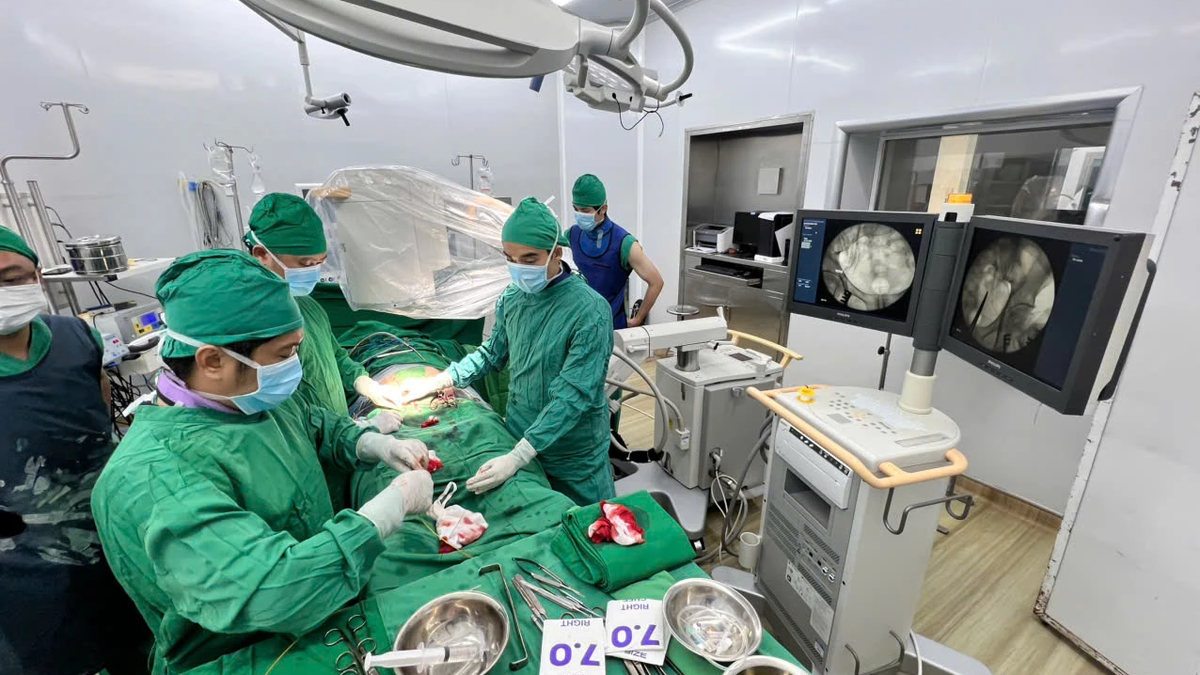
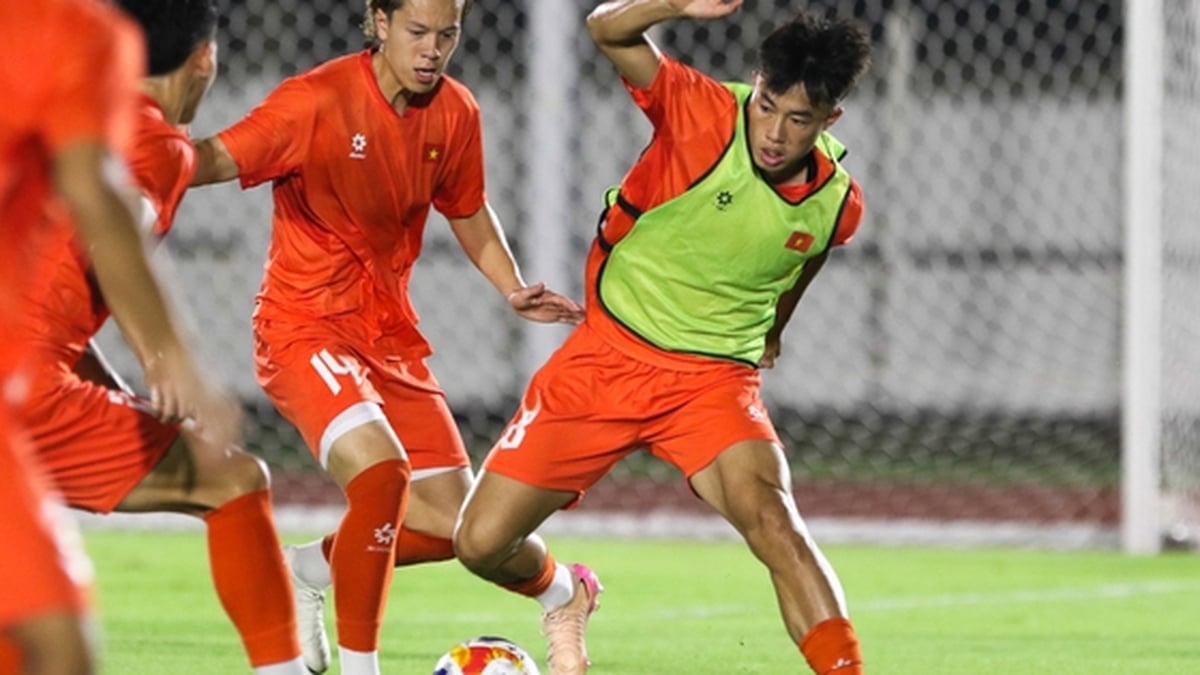


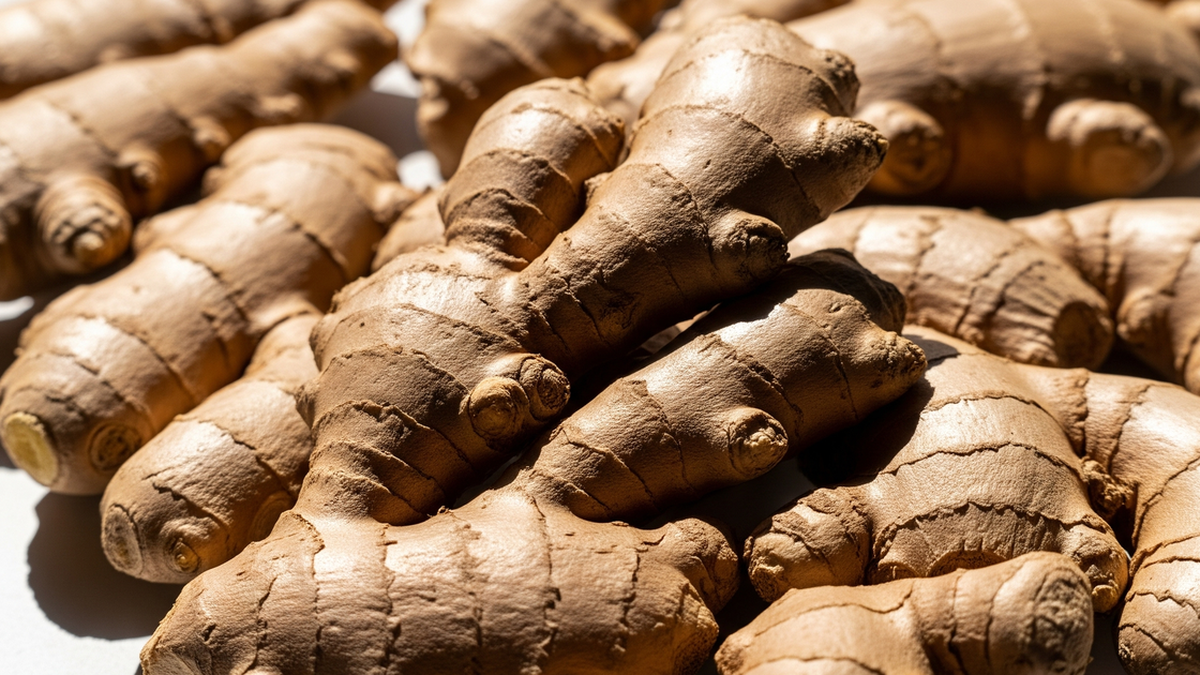

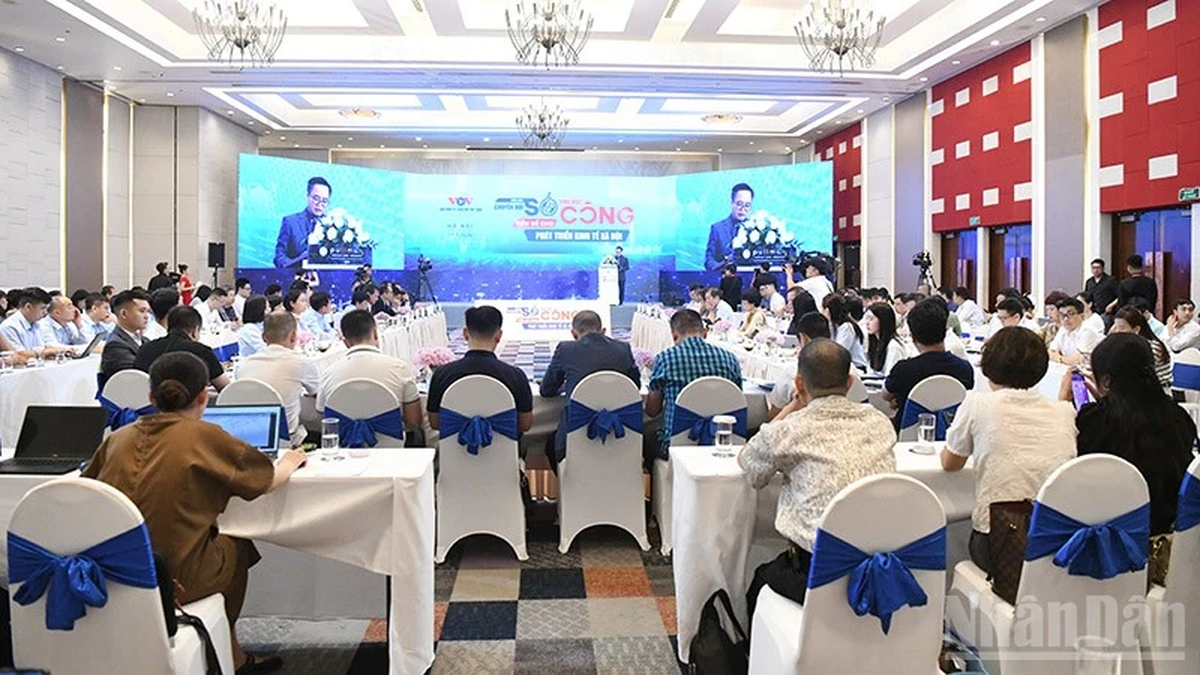

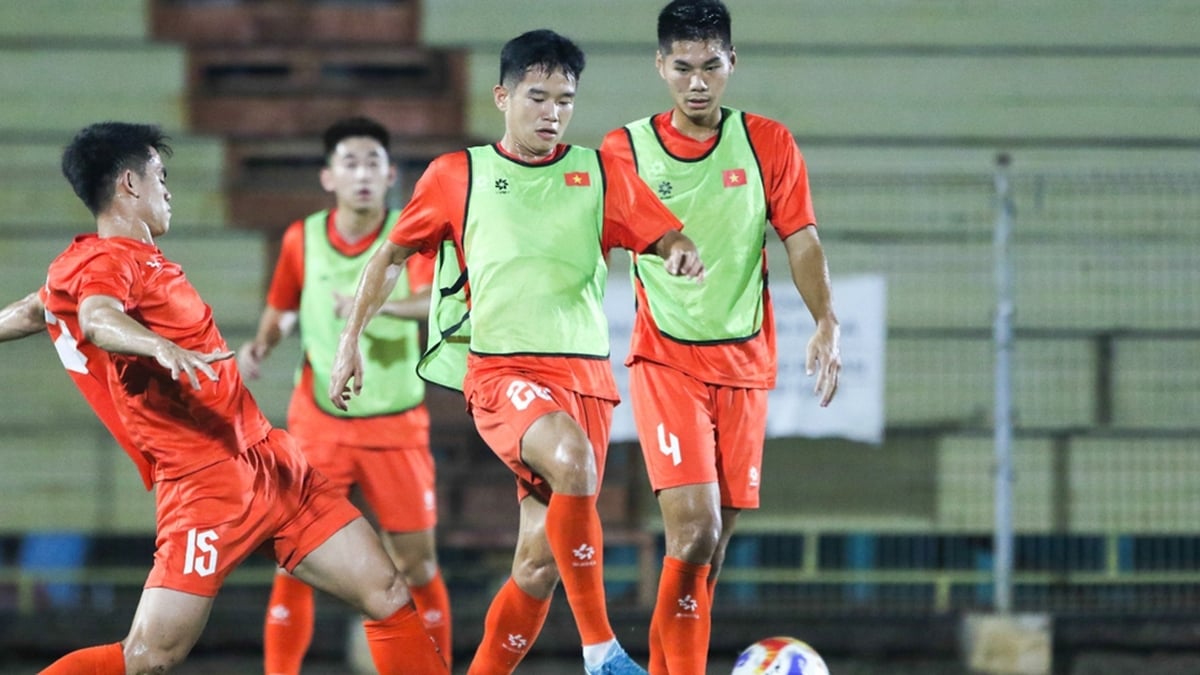
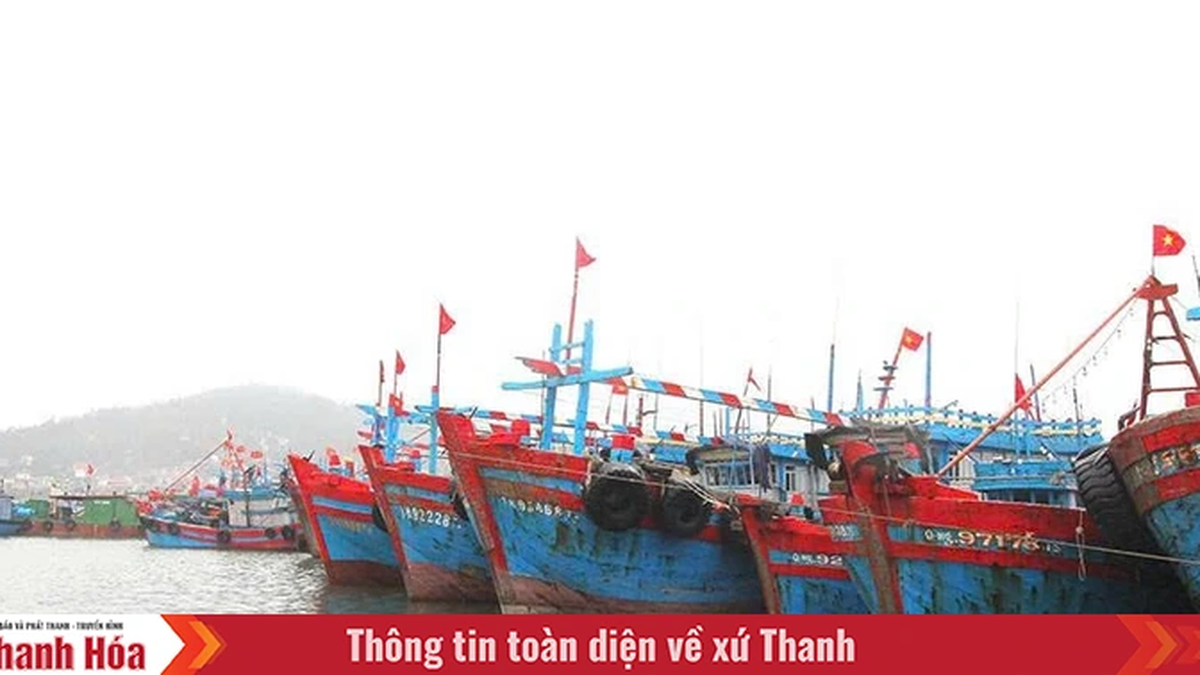
























































































Comment (0)